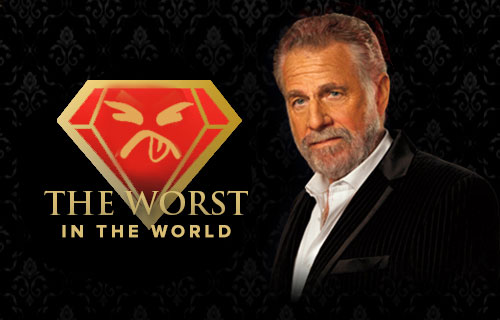You’re at lunch with a new networking contact. It’s a Tuesday. Or a Wednesday. Okay, it doesn’t matter what day it is, or what you order. Following an hour-long discussion and meal, you head your separate ways— and what matters is this: Even after that hour conversation, you still don’t have a clear idea of what that person does.
You have every intention of sending business their way, but you can’t put your finger on who or when would be an appropriate introduction.
Now imagine this networking friend having the same experience with you. After an hour-long discussion about your business, she walks away unclear about your value proposition--or with a complete misunderstanding of it.
From a business perspective, that lunch would be a complete waste of time. Why? Because if people don’t understand what you do—or don’t remember—it’s like you never even told them.
This is why you need a ready-to-go elevator pitch for your brand--one that contacts will listen, understand, remember, and act upon.
Make Sure the Right Idea Sticks
With every new person you meet, you have a tiny window of time, focus, and/or attention span. Too many details increase the chances that the idea(s) that sticks won’t be helpful for your business.
For example, if you have coffee with someone who tells you he collects Godzilla dolls and likes to swim with sharks, you may only remember him as “Jim, the thrill-seeking Godzilla collector.” But maybe Jim’s a big data wiz, and you come away knowing zero about that. You won’t be likely to refer business to him.
Best to pick a focal point—and carve your inroad there!
By narrowing your brand down to a simple concept, you frame the conversation as it benefits you, answering questions, giving examples, and even floating a few referral phrases. This way, you increase your chances that your name will pop up at the right time, and in the right conversation. After that, you can still touch on sharks--and feel confident that your central point will stick.
How to Determine Your “One Thing”
Finding your brand’s focal point can be difficult. As part of our Brandup Bootcamp, we’ve devised a formula that we teach to Badass-Brands-in-training.
Your “one thing” can come in a variety of forms, and you can also have multiple “one things”--your focus may shift depending on your audience. But it must always adhere to one major rule: It has to be something your competitors can’t and won’t say.
For example, we branded a financial plan for Stash Wealth, a wealth management company called Stash Wealth. We productized the “Stash Plan,” a flat-rate plan designed as the first step of any client relationship, which dives deep into a client’s goals, cash flow, and future. Now, when Stash speaks to potential clients, the Stash Plan is the only thing they want people to remember--it’s different, unique, cool, and shareable.
So, even though there are a lot of interesting things about Stash Wealth--like the fact that they work exclusively with 20- and 30-something HENRYs (High Earners Not Rich Yet)--they understand that everyone who leaves a conversation knowing the benefits of a Stash Plan is well on their way to becoming a client.
We Know Our Focus. Let Us Help Find Yours!
At Worstofall Design, our “one thing” is building Badass Brands in less than three days. We call this “without the bullshit.” For specific audiences, we may shift focus to our Brandshrink--a 90-minute deep-dive interview, where we identify a brand’s badassery and create a plan for how to unmask it.
Depending on who we’re talking to, we strategically plot out our approach. Both ideas are clear, branded, and unique to Worstofall--so when we frame a conversation around Brandshrinks or “no BS” branding, we know people will walk away with a distinct differentiator.
What’s your “one thing”?
Explore your material, nail that phrase, and watch your business grow.















